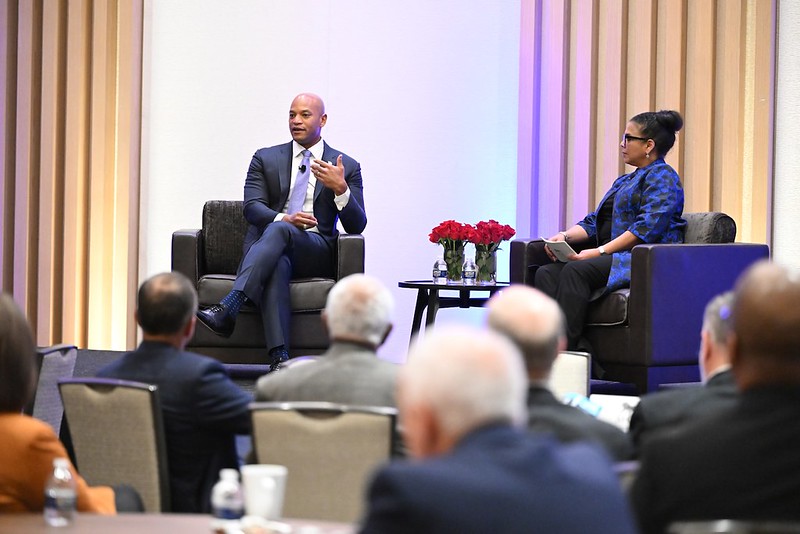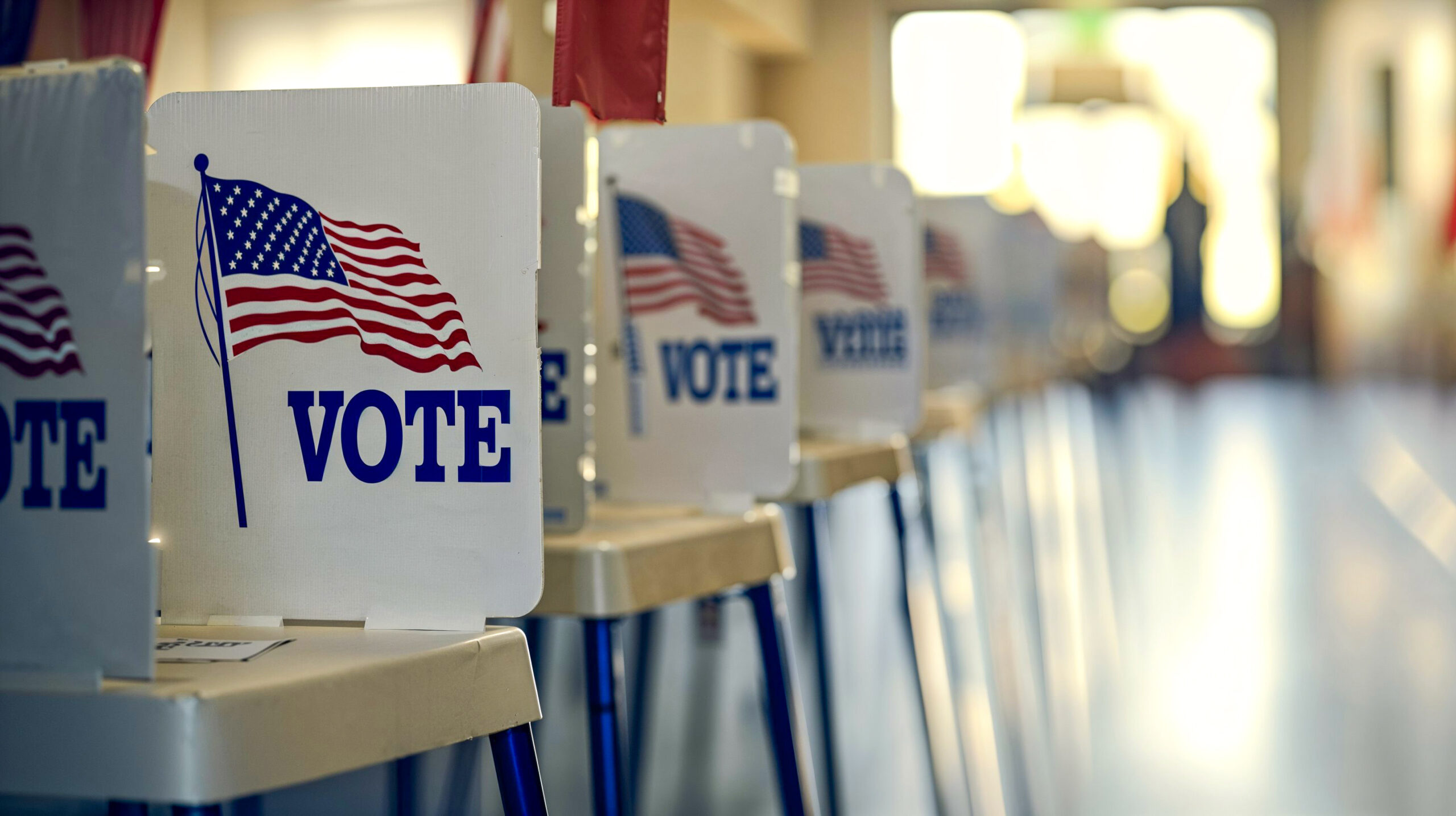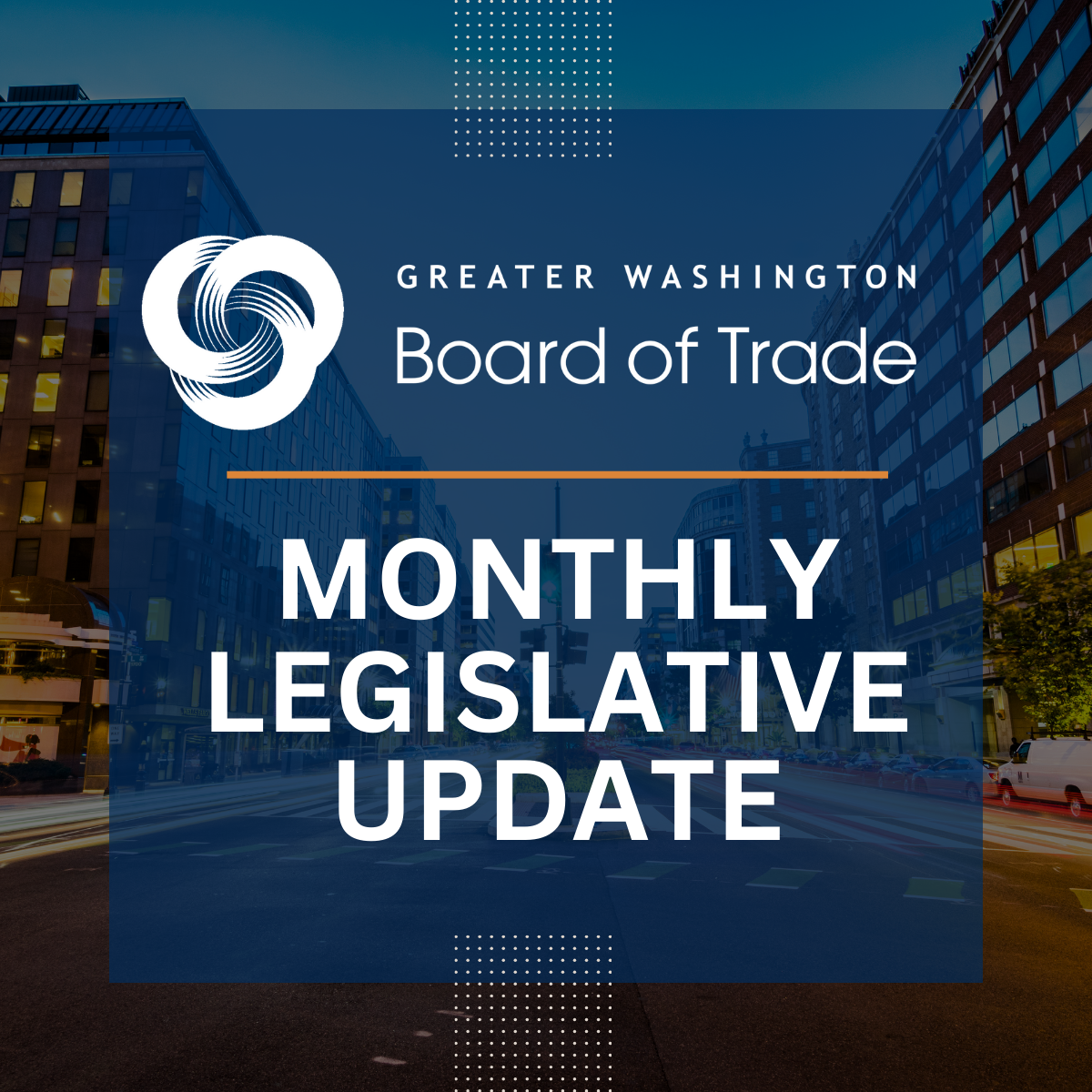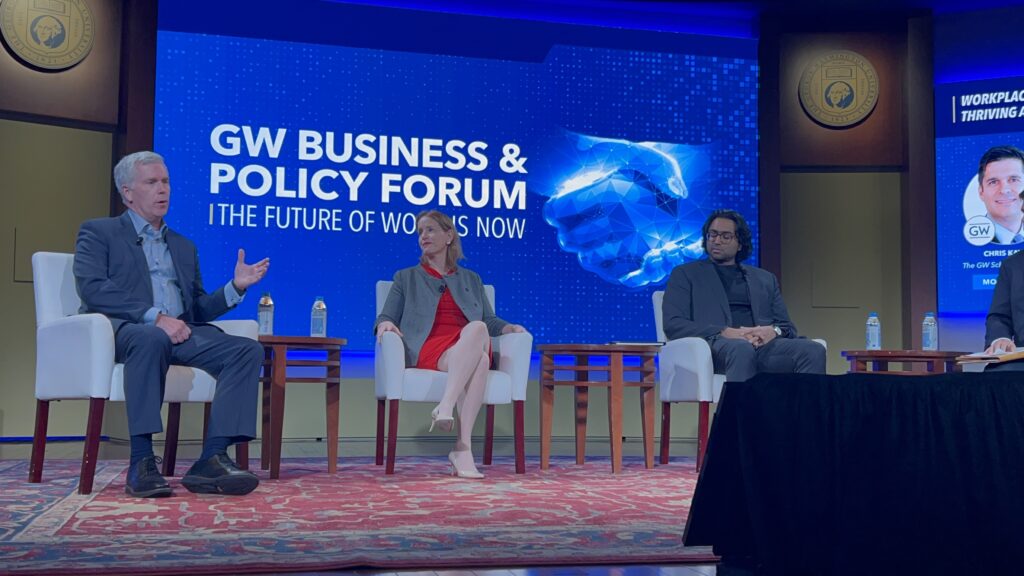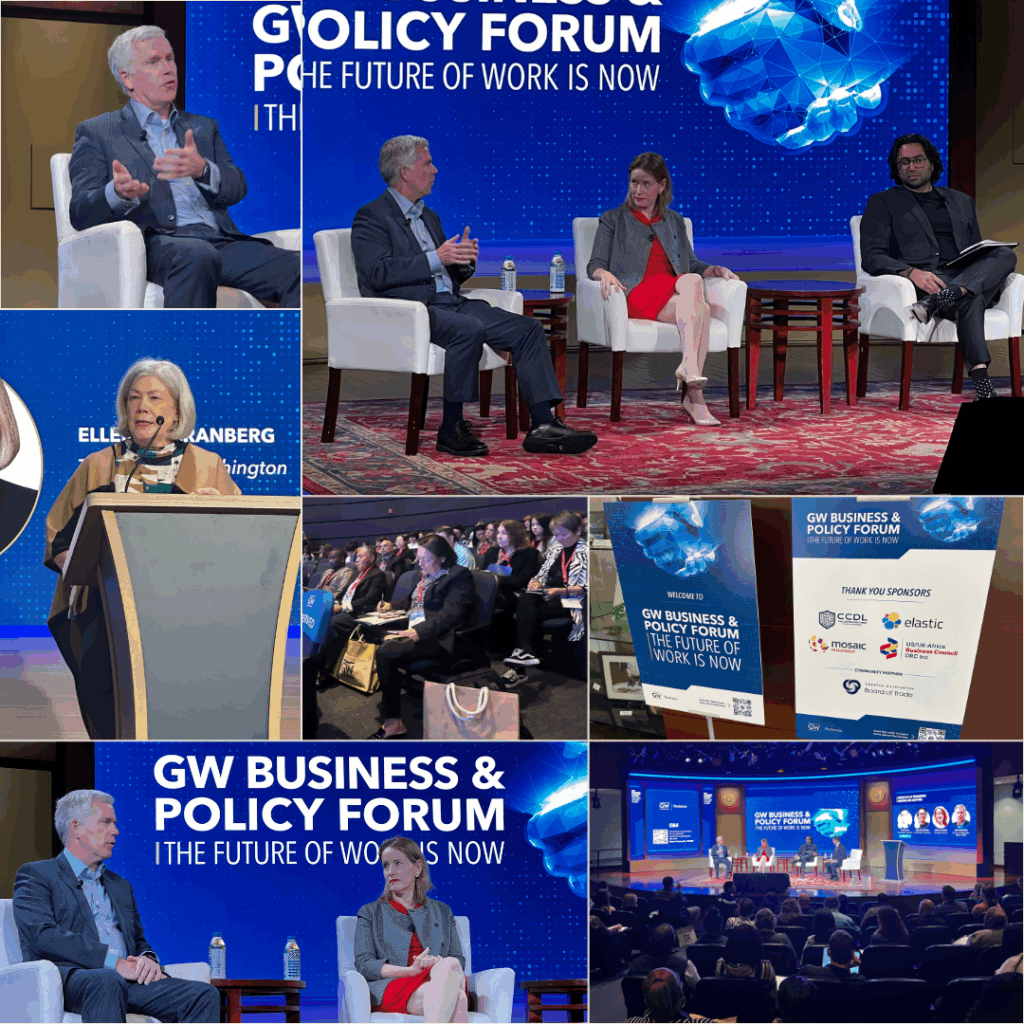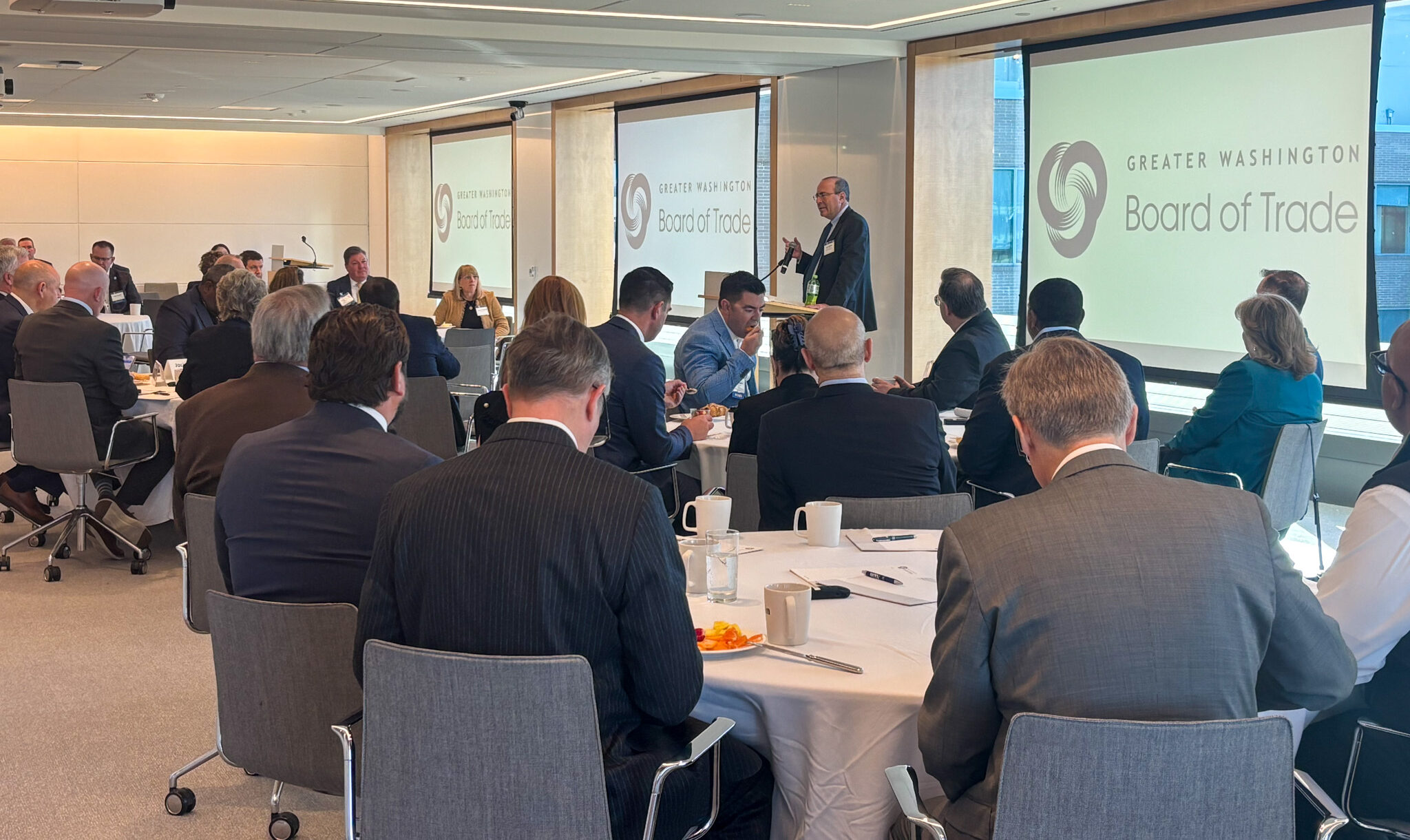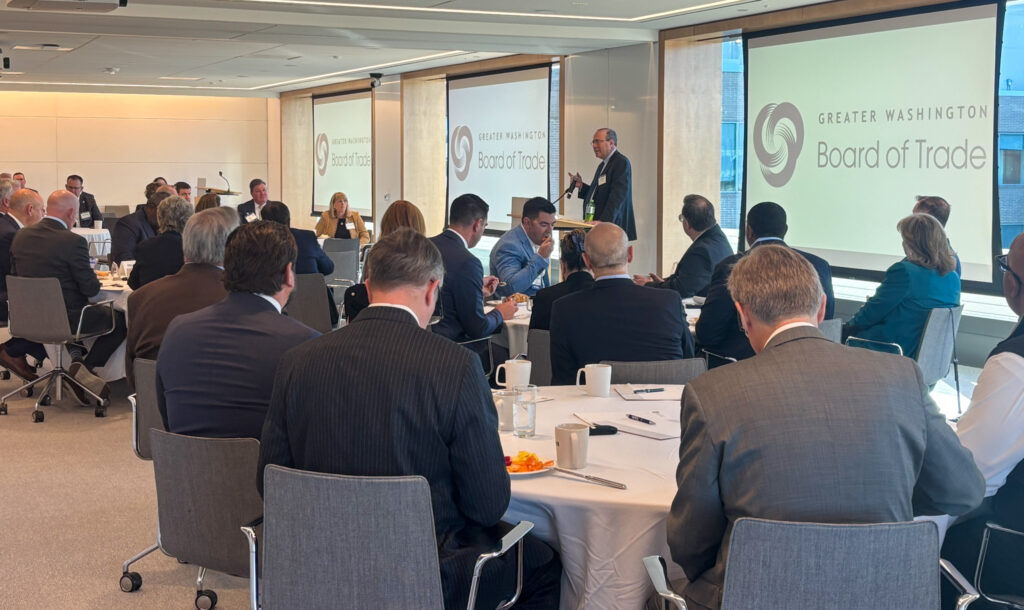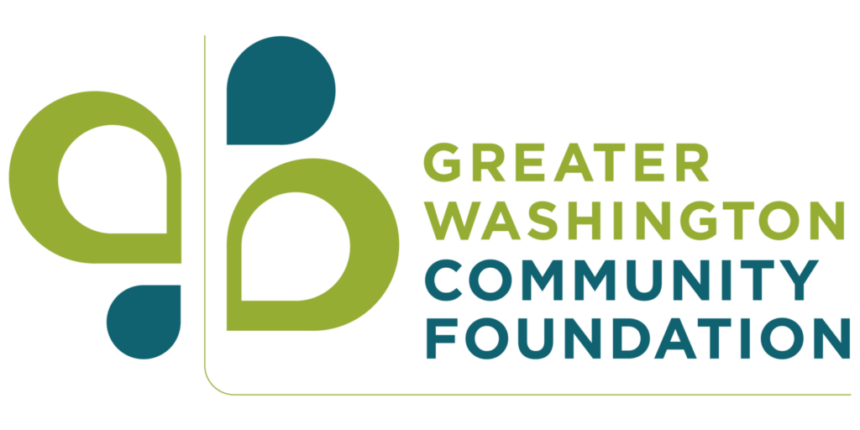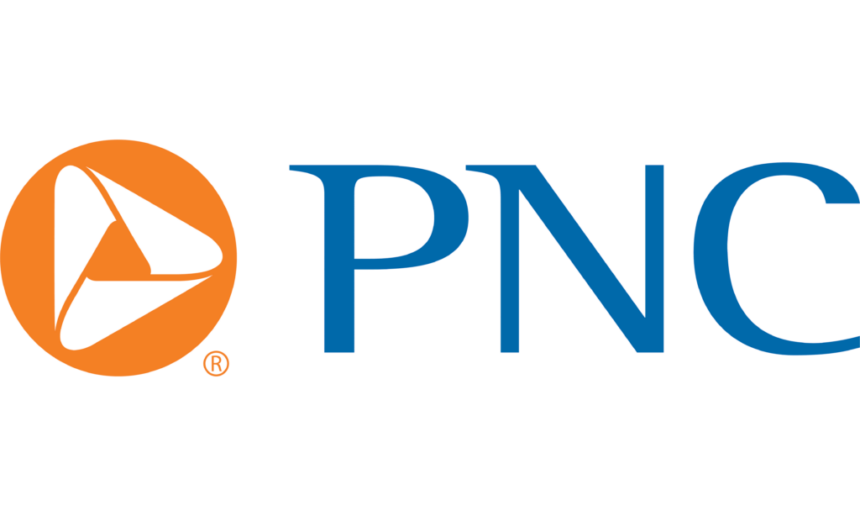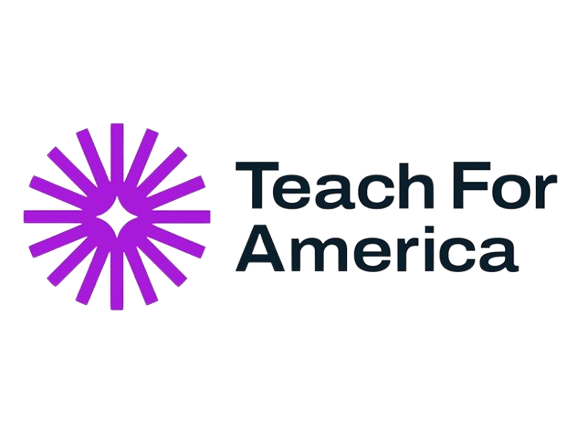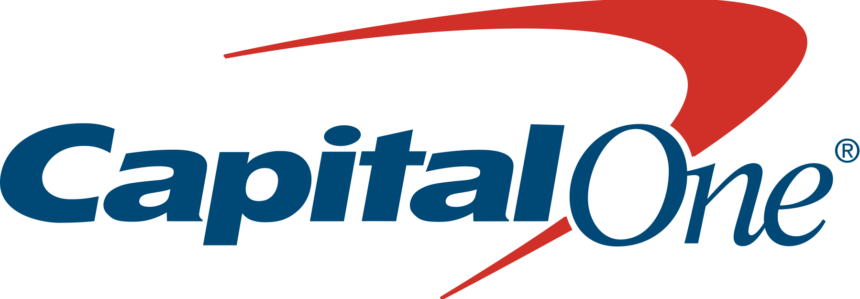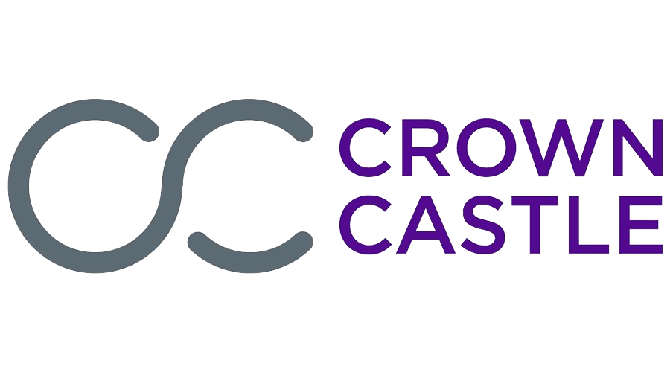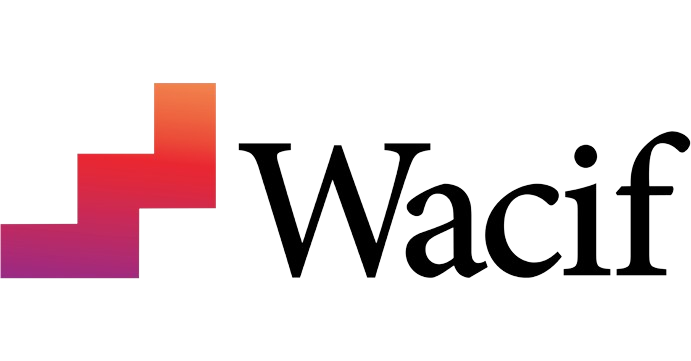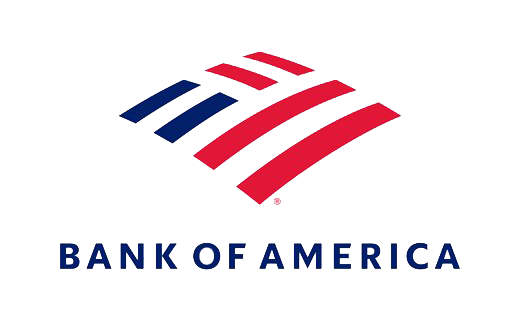Key takeaways on competitiveness, collaboration, and regional readiness as leaders across Greater Washington join the Board of Trade for its 136th Annual Meeting.
The Greater Washington Board of Trade brought together more than 400 leaders from across business, government, higher education, and the nonprofit sector for the 136th Annual Meeting, presented by Kaiser Permanente. Attendees left with one clear message: Greater Washington is entering a defining era—one where collaboration, shared purpose, and a unified regional voice will determine our competitiveness for decades to come.
The program opened with Emily Holliman, Interim Regional President and COO for Kaiser Permanente of the Mid-Atlantic States, who underscored the vital relationship between community health, economic strength, and workforce well-being. She spoke to Kaiser Permanente’s dedication to cultivating thriving communities—reinforcing why the organization has proudly served as the presenting sponsor of the Annual Meeting for 11 consecutive years.
A Region at an Inflection Point
Board of Trade President & CEO Jack McDougle delivered a candid and inspiring assessment of the past year—describing 2025 as consequential for the organization and the region.
Greater Washington is experiencing profound shifts:
- The federal government is transforming how it operates, hires, invests, and uses physical space.
- AI, automation, electrification, and digital infrastructure are accelerating competitive pressures.
- Jurisdictions face resource constraints and competing priorities that require new levels of boldness and collaboration.
McDougle emphasized that the pace of change won’t slow down—and we cannot afford to either. To meet this moment, regional leaders must move faster, think bigger, and work together more intentionally.
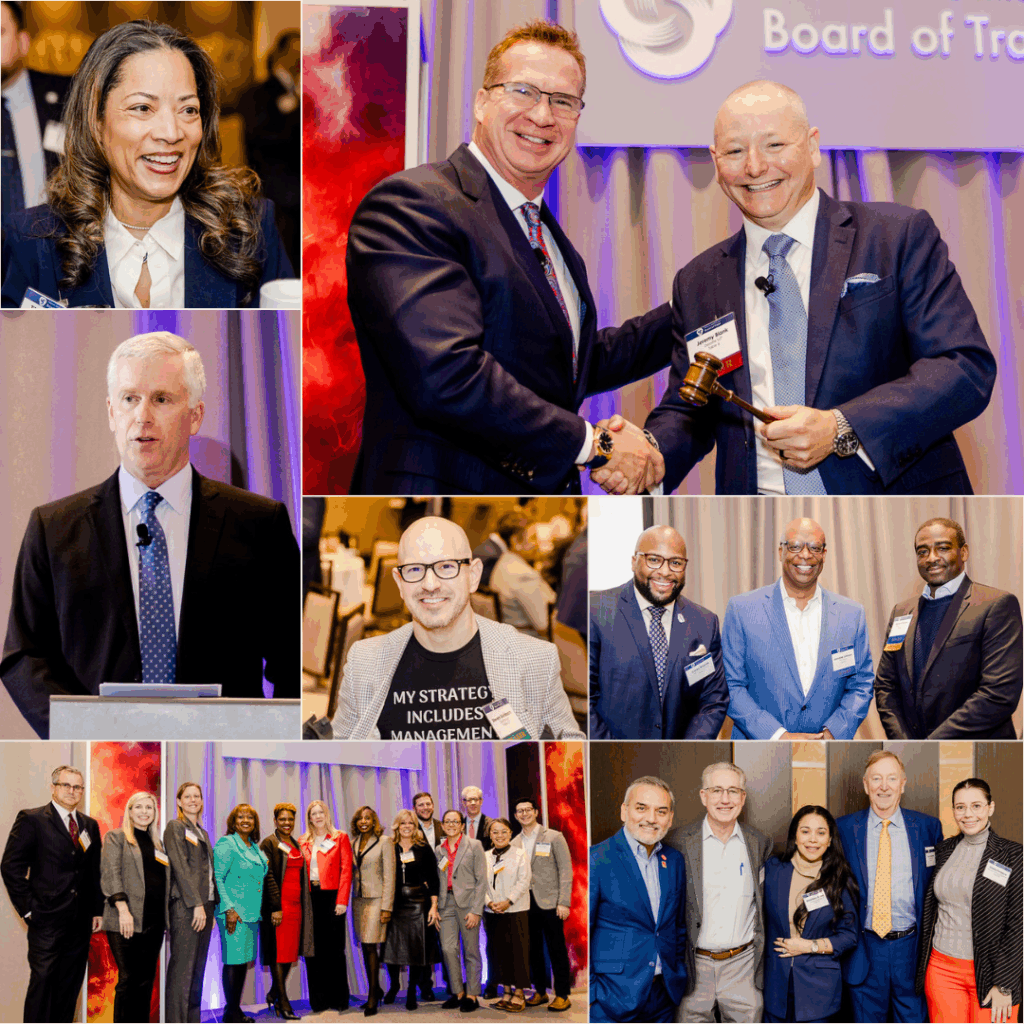
Take a look at more photos from our Annual Meeting!
Regional Collaboration: From Aspiration to Reality
A central theme echoed throughout the meeting: the future of Greater Washington depends on a new kind of regional collaboration—one that is durable, consistent, and grounded in shared priorities.
McDougle highlighted several examples where this collaborative approach is taking hold:
DMVMoves & the Future of Transit
- Metro was recognized as APTA’s 2025 Transit Agency of the Year, reflecting major progress in safety, reliability, and modernization.
- Through DMVMoves, leaders across D.C., Maryland, Virginia, WMATA, COG, business, and labor united behind recommendations for dedicated capital funding and a more integrated regional bus network.
The DMV Monitor: A Shared Data Backbone
- In partnership with Brookings and COG, the Board of Trade helped shape the new DMV Monitor, providing a unified, regionwide framework for tracking economic and quality-of-place indicators.
Talent Capital AI & Workforce Transition
- Working with the Consortium of Universities, COG, and D.C.’s education leaders, the region launched Talent Capital AI to support federal workers impacted by shifting workforce needs and technological change.
The Potomac Conference: Building a Regional Formula
- The Board of Trade, Greater Washington Partnership, COG, and the Consortium of Universities are working together to create a shared structure for regional action on mobility, energy, competitiveness, talent, and governance.
These efforts reflect a powerful shift—from fragmented decision-making to collective regional problem-solving.
Toward a Unified Regional Voice
One of the most resonant messages of the morning centered on identity:
Greater Washington lacks a common narrative and shared language about who we are—and who we aspire to be.
For months, the Board of Trade has been working with APCO and member leaders to begin shaping a foundational story of the region. Attendees previewed early concepts that explore what defines the DMV and what truly differentiates us on a national and global stage.
This work is at its beginning, but the goal is clear:
to build a unified, compelling regional voice that aligns leaders, strengthens competitiveness, and reflects the dynamism of our collective future.

Learn More & Register for Our Next Signature Event
Keynote: How Purposeful Leaders Defy Drift
Keynote speaker Steve Goldbach, Principal and Sustainability Leader at Deloitte US, delivered a timely message from his book Hone: How Purposeful Leaders Defy Drift. He urged leaders to avoid “wait-and-see” decision-making—arguing that in times of rapid change, the status quo is often the riskiest strategy.
Goldbach encouraged the region to embrace continuous honing—small, purposeful adjustments that realign systems and structures with the future we want to build. His insights reinforced the regional themes of adaptability, shared responsibility, and stepping boldly into change.
Learn more about our Keynote Speaker here
Celebrating a High-Impact Year
Outgoing Board Chair Jeremy Blank of Deloitte highlighted major achievements that reflect the Board of Trade’s growing reach and energy:
Membership & Engagement
- 95% of member companies engaged in programs and events
- 91% projected retention—well above association norms
- 29 new member organizations joining in 2025
Thought Leadership & Visibility
- 12 million impressions through the WTOP “Regional Business Insights” series
- High-impact placements across regional media outlets
- Consistent presence on stages and at tables where the future of the region is being shaped
Blank emphasized that the Board of Trade is not a passive membership—it is an active platform. “Membership is like a gym,” he said. “You get out what you put into it.”
New Leadership, Shared Momentum
Incoming Chair Tyler Anthony of Pepco Holdings accepted the gavel, expressing his commitment to continuing the region’s positive momentum.
Anthony highlighted three imperatives for 2026:
- Deepening regional collaboration across sectors
- Championing the big issues—transit, talent, economy, and infrastructure
- Strengthening the collective regional voice
He encouraged organizations to continue sending their best people into this work, treating the Board of Trade as a regional team, not a collection of individual institutions.
Looking Ahead: A Region Ready to Move Together
This year’s Annual Meeting showcased something powerful:
Greater Washington is not waiting for perfect clarity. It is choosing to act—together, with purpose, and with a growing sense of shared identity.
As the region undergoes generational transformation, the Board of Trade will continue to convene the people, data, partnerships, and strategic insight needed to move in one direction as one regional voice.
Thank you to everyone who joined us. Together, we are building a Greater Washington that is bold, collaborative, unified—and ready for the future.
Thank you to our sponsors for their continued support






